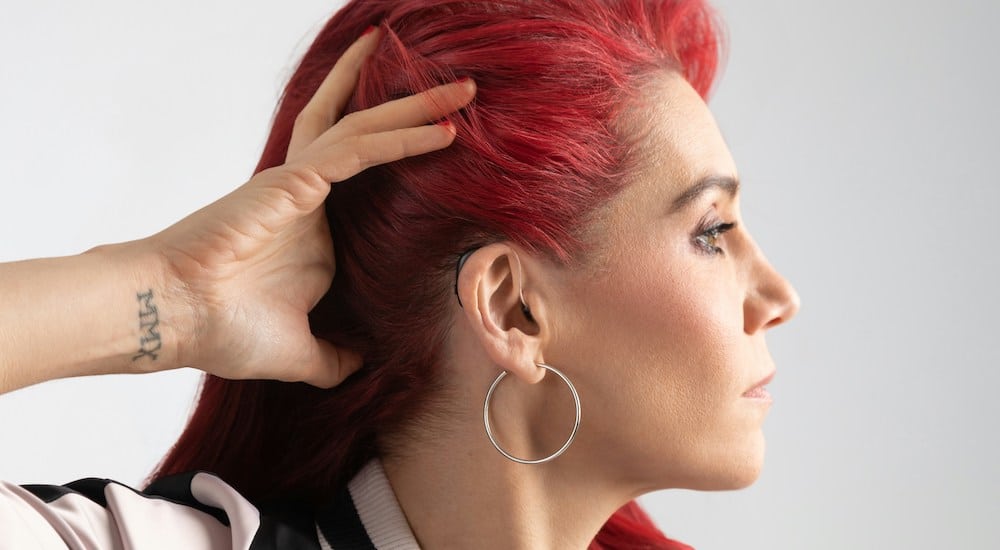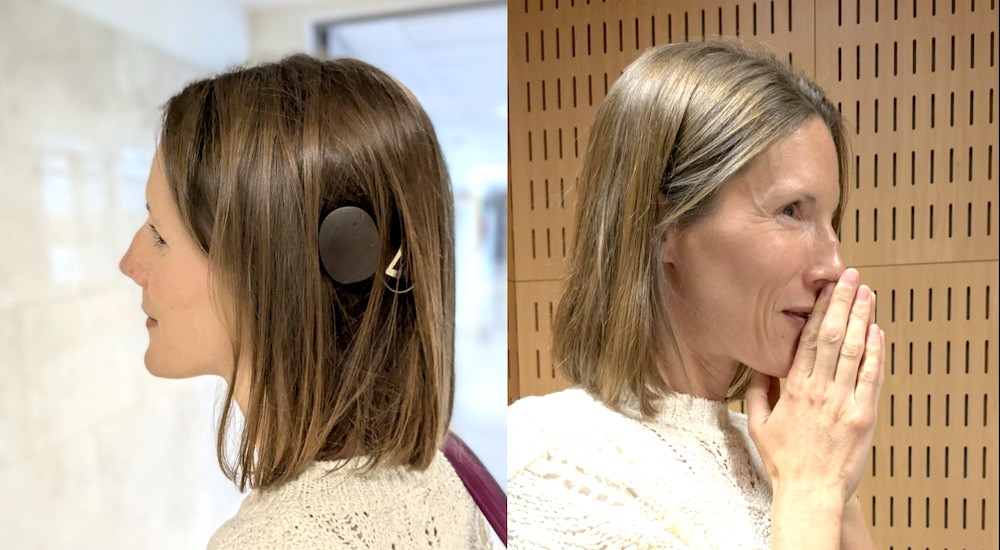Stigma around wearing hearing aids still showing strong in surveys
Can regular hearing checks and early identification of hearing problems help bust stigma?
Just when people in audiology are talking about eartech trends and mindset changes perhaps busting the stigma that holds back hearing aid uptake, a new survey is released showing that embarrassment and apprehension about wearing aids in public are still strong.
This latest research investigating societal attitudes towards hearing loss has found that a third of UK adults (32%) would feel uncomfortable wearing hearing aids in public. The survey of 2,001 UK adults was carried out by experts at eargym, the developers of an app that provides hearing checks, training exercises, and personalised advice.
When asked how they would feel about wearing hearing aids in public, a third of respondents said they would feel “apprehensive” or “embarrassed”. Just one in ten (12%) said they’d feel confident wearing hearing aids, and one in five (17%) weren’t sure how they would feel.
By comparison, just 13% of adults felt apprehensive or embarrassed at the prospect of wearing glasses, with one in three (34%) feeling confident about wearing eyewear publicly.
Hearing aid stigma worsens with age
The eargym survey also suggests that uncertainty surrounding wearing hearing aids worsens as we age, while no more than a fifth of the current generation of 18- to 24-year-olds would feel confident or excited about wearing hearing aids. Thirty-nine percent said they’d be unaffected, and just nine percent felt unsure.
The confident respondents dwindles to 12% in those aged 55 and over, although 24% were not sure how they would feel about wearing hearing aids in public.

Photo by GN Group on Unsplash
The findings suggest adults aged 55 and above are roughly one and a half times more likely to feel uncertain about wearing hearing aids whilst out and about, compared to 18 to 24-year-olds.
(Photos used in this article show hearing aids made by GN ReSound, and come from THE NEW NORM, an image bank set up by GN on the Unsplash site with the aim of replacing “the outdated images you often see in media and culture”. Combatting hearing aid stigma is also an objective of the New Norm image bank.)
Anxiety about wearing earplugs too
This survey also revealed that people are not comfortable wearing earplugs in public, despite these being shown to prevent hearing loss and increase the length of time during which we can be safely exposed to noise.
A quarter of respondents (24%) in eargym’s survey said they would feel apprehensive or embarrassed about wearing earplugs in public, with a further fifth (18%) admitting they weren’t sure how they’d feel. Just 12% of those surveyed said they’d feel confident wearing earplugs out and about.
Amanda Philpott, 56, hearing health expert, hearing aid user and CEO at eargym, commented: “De-stigmatising hearing aids starts with building a better understanding of what hearing loss is, who it affects, and what we can do to prevent it. We’ve long associated hearing loss with ageing, when in fact it can affect us at all ages and life stages, and for many different reasons.”
“The good news,” continued Philpott, is there’s lots we can do to slow its course. Regular hearing checks enable us to spot hearing problems early and seek help. Hearing training is also an effective way of getting more out of what we hear, by improving how our brains process sounds.”
Eargym which works in partnership with Alzheimer’s Society, UK Research and Innovation, and a board of world-class advisors across hearing, cognition and data analysis, was set up by former NHS CEO Amanda Philpott and DJ Andy Shanks in 2020, after they were both diagnosed with hearing loss. Amanda has moderate age-related hearing loss, whilst Andy has notch or noise-induced hearing loss due to Deejaying.
Source: Eargym



